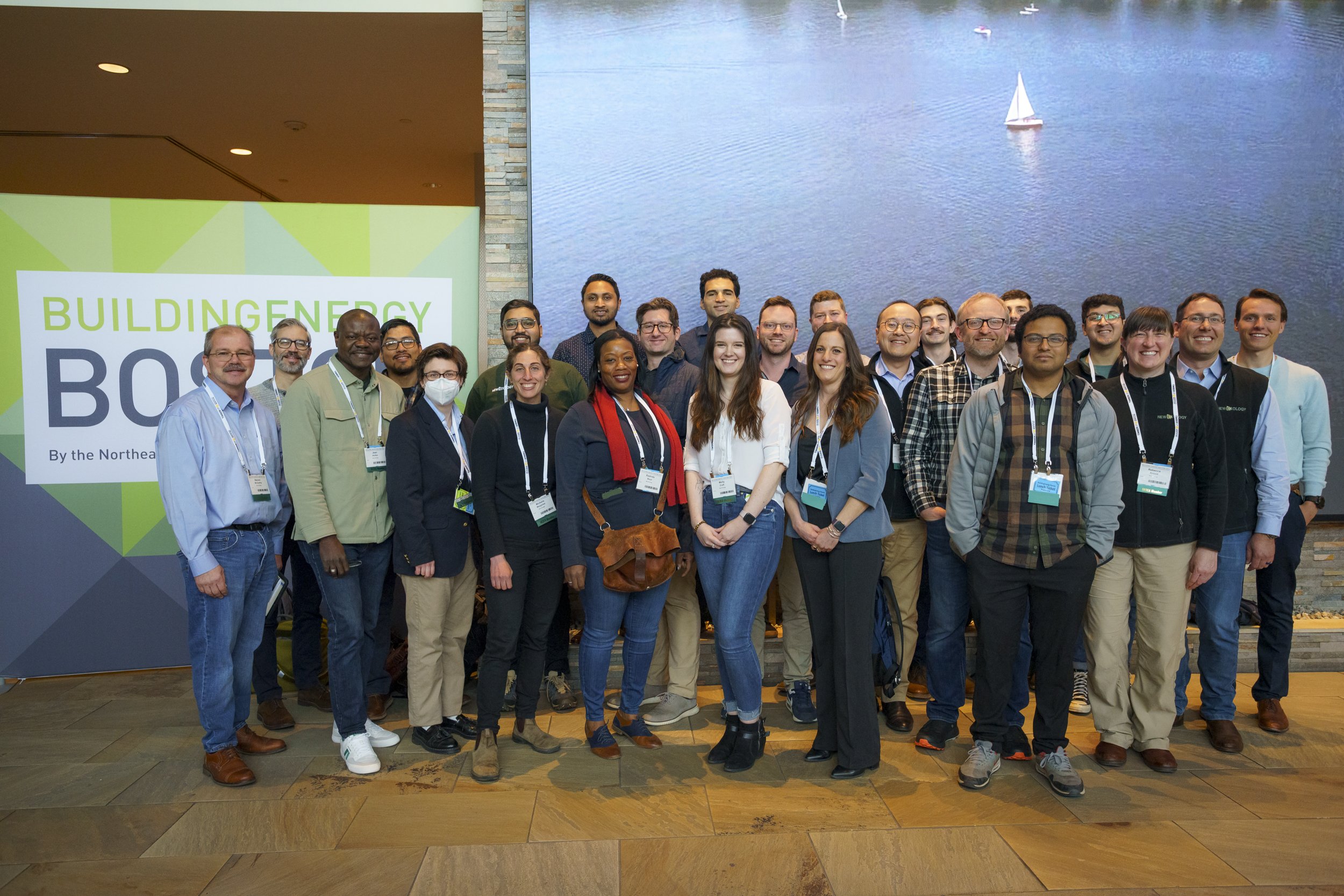New Ecology works where the climate and housing crises converge. We deliver building performance solutions that lower energy use, reduce greenhouse gas emissions, and improve health outcomes for low-income communities. Our work protects and preserves affordable housing, creates good jobs in the green economy, and builds community wealth in underserved neighborhoods.
Stay in touch!
Follow Us:







